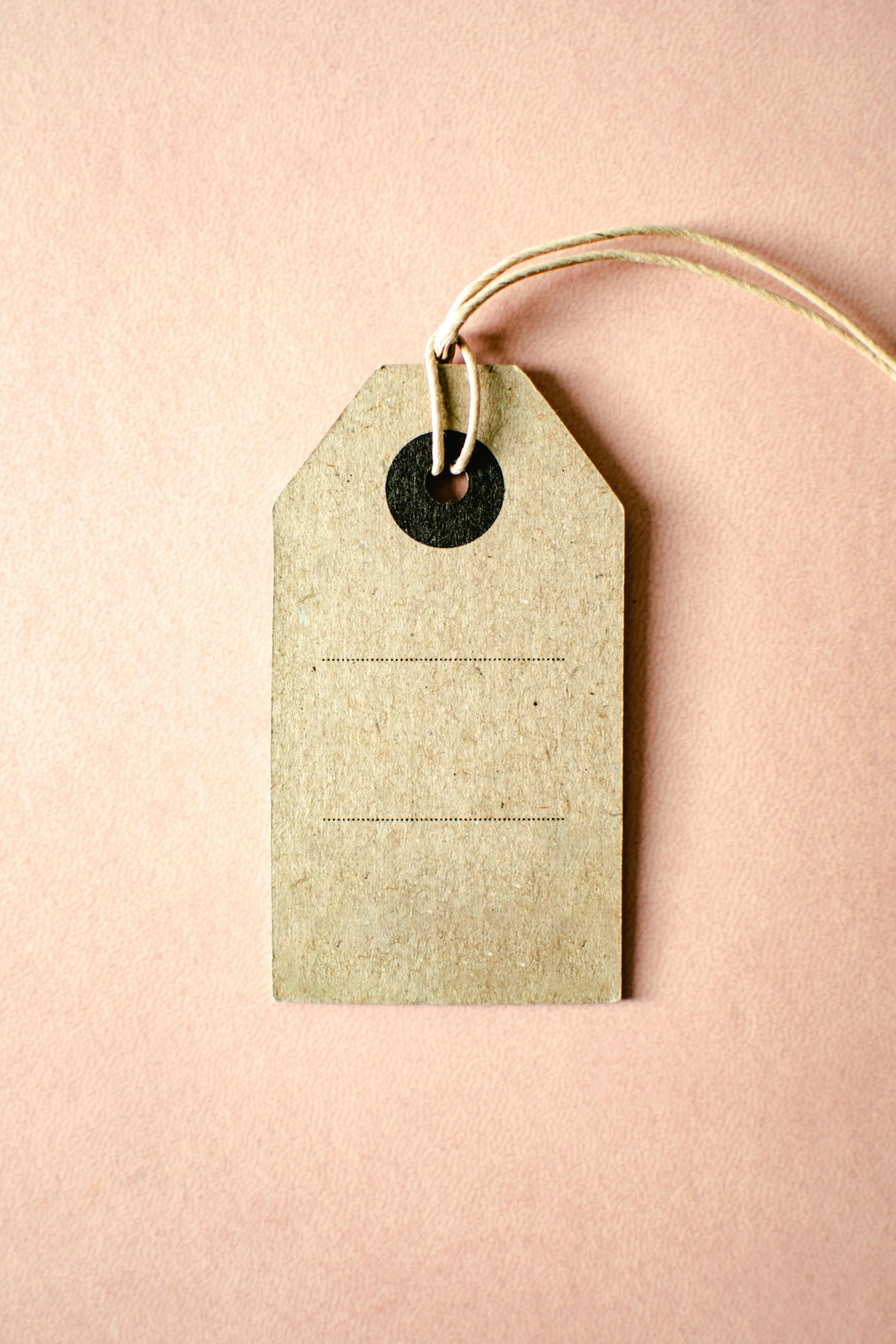The grocery store clearance section is a magnet for bargain hunters. Bright red or yellow tags promise steep discounts, making us feel like we’ve uncovered a hidden treasure. We believe these tags are giving us the full, honest story about a product’s value. However, these clearance tags can sometimes be deceptive. They can “lie” by creating an illusion of a better deal than what you’re getting. The proof lies in understanding the tactics behind the markdowns. Here’s a look at the ways clearance tags might be lying to you and the evidence to watch for.

The Lie of the “Original Price”
The Proof: A common tactic is to display a high “Compare At” or “Was” price next to the clearance price. This is done to make the discount seem massive. However, this “original” price is often misleading. It might be an inflated Manufacturer’s Suggested Retail Price (MSRP) that the item never sold for. In other cases, it could be the price from many months ago, not its recent selling price. The lie is that the saving is as dramatic as presented. Proof comes from using price tracking apps or simply having a good memory of an item’s typical cost.
The Lie That “Clearance” Always Means a Deep Discount
The Proof: We are conditioned to believe that a clearance tag means an item is at its absolute lowest price. This is often untrue. The first round of clearance markdowns might be very small, sometimes only 15-25% off. The store is simply starting the process of moving the product out of inventory. The real deep discounts might not happen for several more weeks. The lie is that the current clearance price is the best deal you’ll ever get, creating false urgency.
The Lie That the Product is Still High Quality
The Proof: A clearance tag on a food item often means it is very close to its “Best By” date. While not necessarily unsafe, the product’s quality—its flavor, texture, and freshness—has likely degraded. A bag of chips might be slightly stale. A cracker might have lost its snap. The tag doesn’t lie about the price, but it can create a false impression of the product’s quality. The proof is in the eating experience, which is often less satisfying than with a full-priced, fresher item.
The Lie of Being a “Good Deal” When It’s Damaged
Non-food items often land on clearance due to damaged packaging. The tag promises a discount. However, it doesn’t tell you if the product inside the crushed box is also damaged. You might get home to find a broken gadget or a stained piece of linen. The lie is one of omission. The store is selling the item “as is,” and if the product itself is unusable, the “deal” was a total waste of money. The proof is a broken item you can’t return.
The Lie of “Saving Money” on Something You Don’t Need

This is the biggest lie of all, and it’s one we tell ourselves with the clearance tag’s help. The tag screams “BARGAIN!” and we listen. We buy a strange kitchen gadget or a case of unusually flavored soda simply because it’s cheap. We feel like we’ve “saved” money. But if the item goes unused, clutters our home, or expires in the back of the pantry, we haven’t saved anything. We’ve just spent money we didn’t need to. The proof is the unused item you eventually throw away.
Don’t Let the Tags Fool You
Clearance tags are a tool used by retailers to minimize their losses on aging or unwanted inventory. They are not always a good indicator of the best possible value. Additionally, they can lie about the original price, the depth of the discount, and the quality of the product. They can bait you into making purchases you don’t need. To find the truth, you must be a critical shopper. Question the prices, inspect the product carefully, check the dates, and, most importantly, ask yourself if you genuinely need the item. True savings come from buying what you need at a fair price, not just from the allure of a bright yellow sticker.
What’s the most misleading clearance deal you’ve ever encountered? What are your personal rules for deciding if a clearance item is truly worth buying? Share your experiences below!
Read More
12 Clearance Aisle Tricks Grocery Stores Use to Boost Profits
This Is Why You Should Never Skip the Clearance Section in Your Local Grocery Store
The post Grocery Clearance Tags Are Lying to You—Here’s Proof appeared first on Grocery Coupon Guide.







